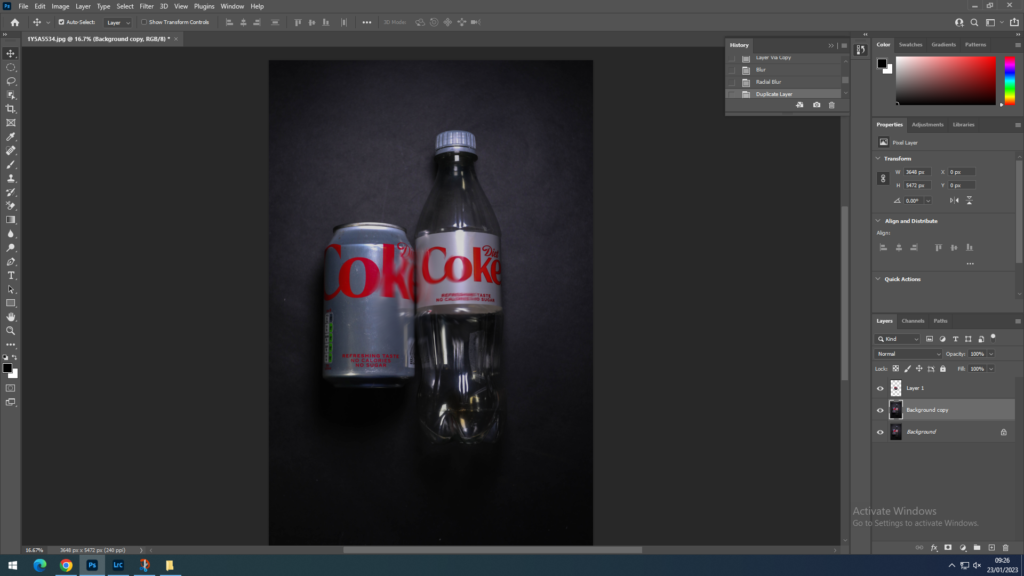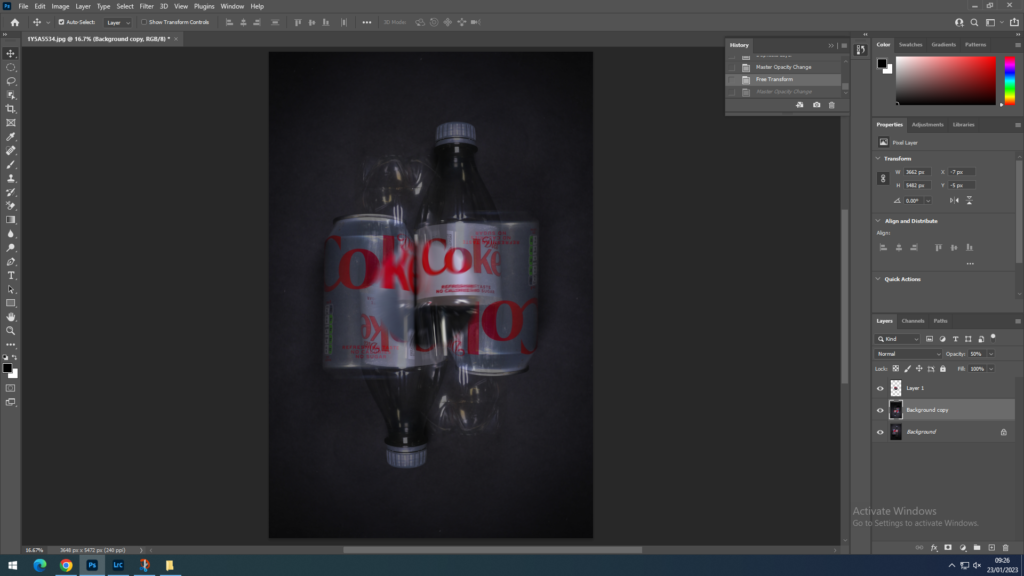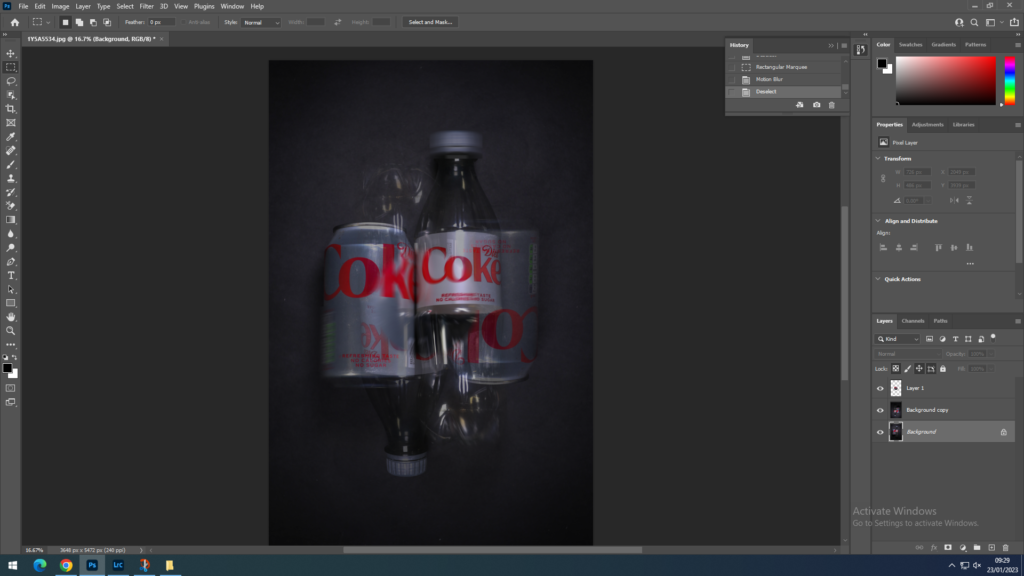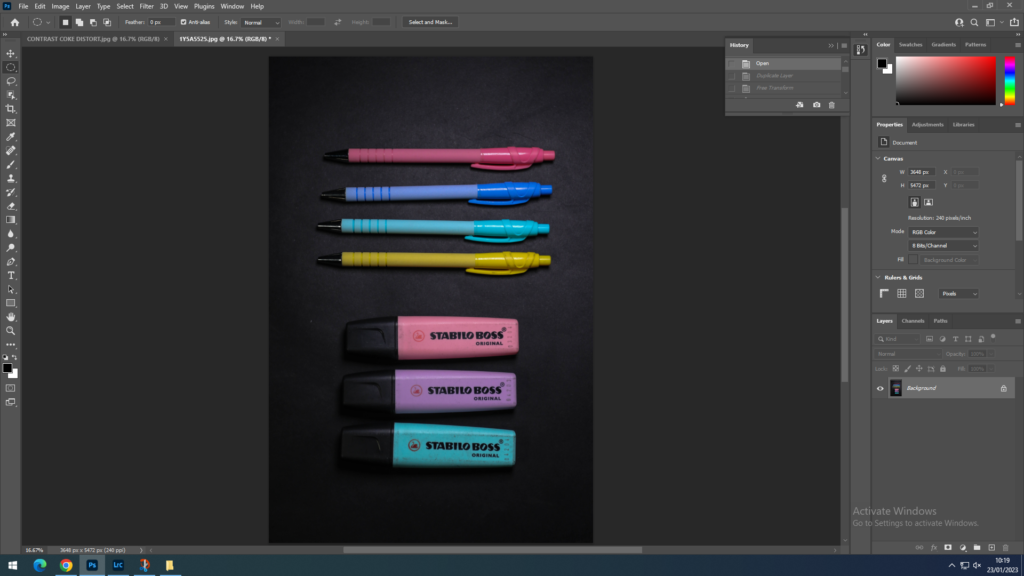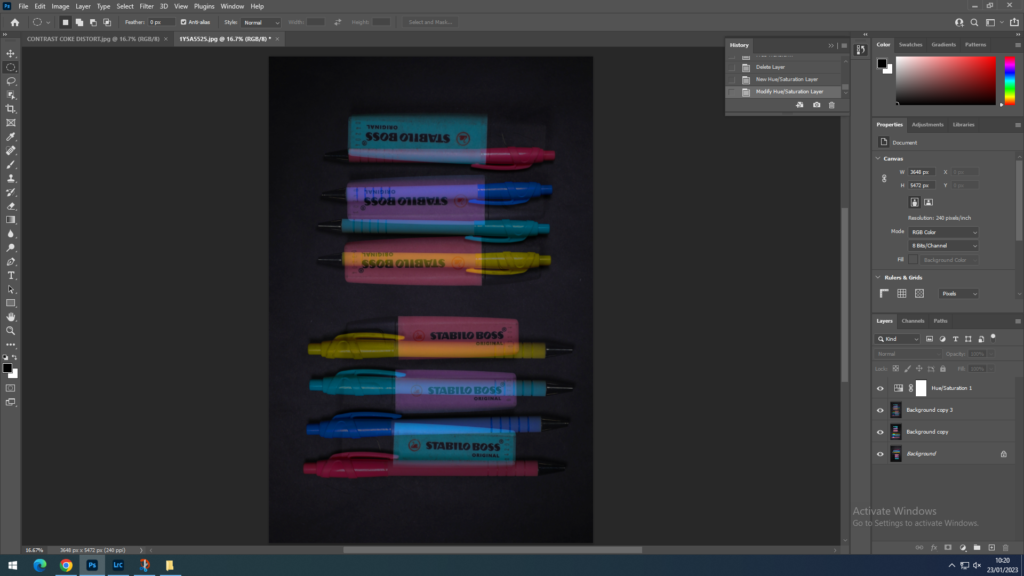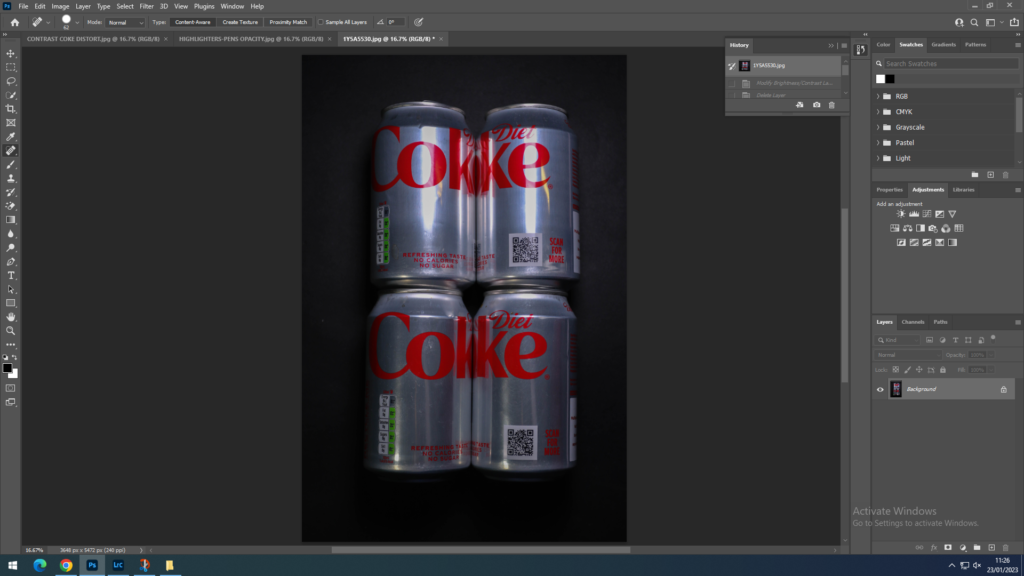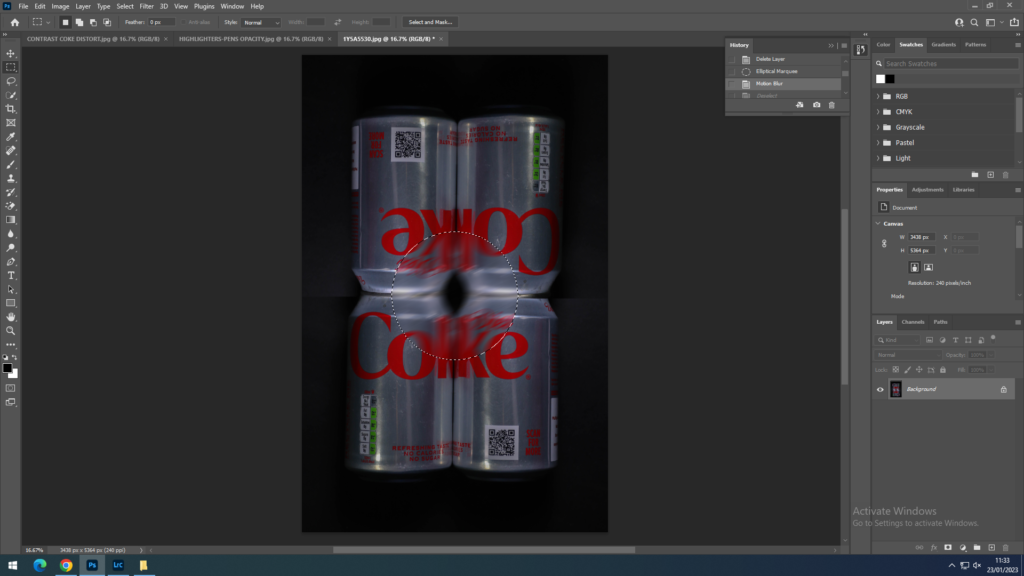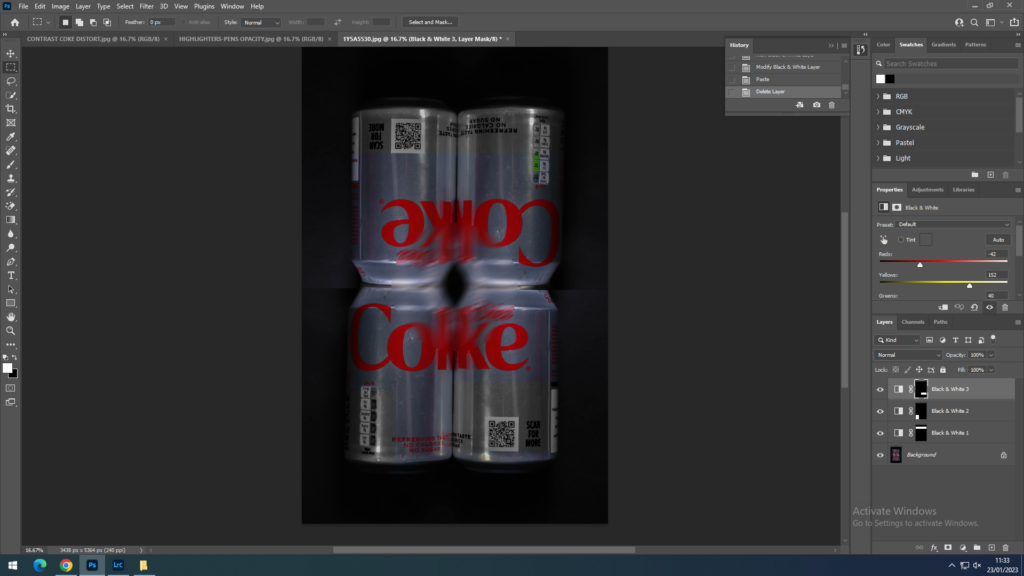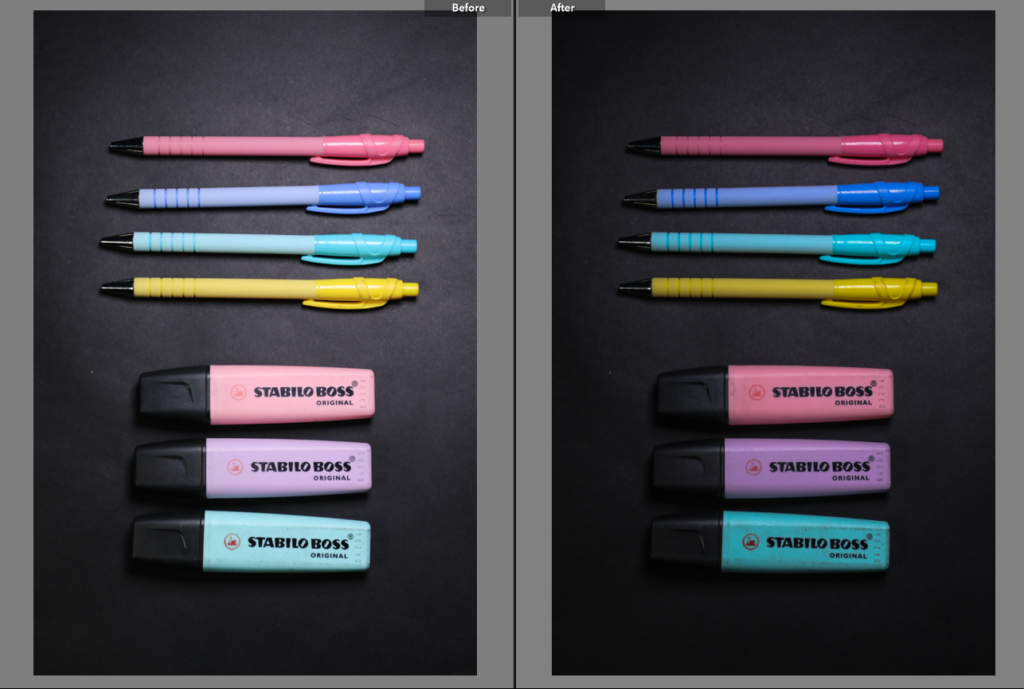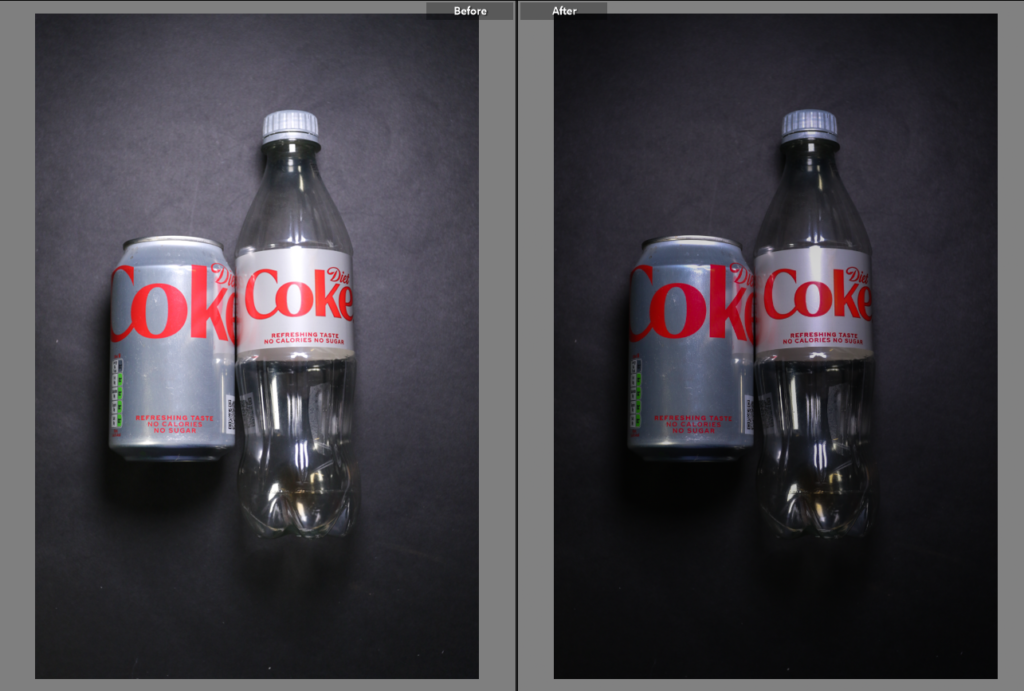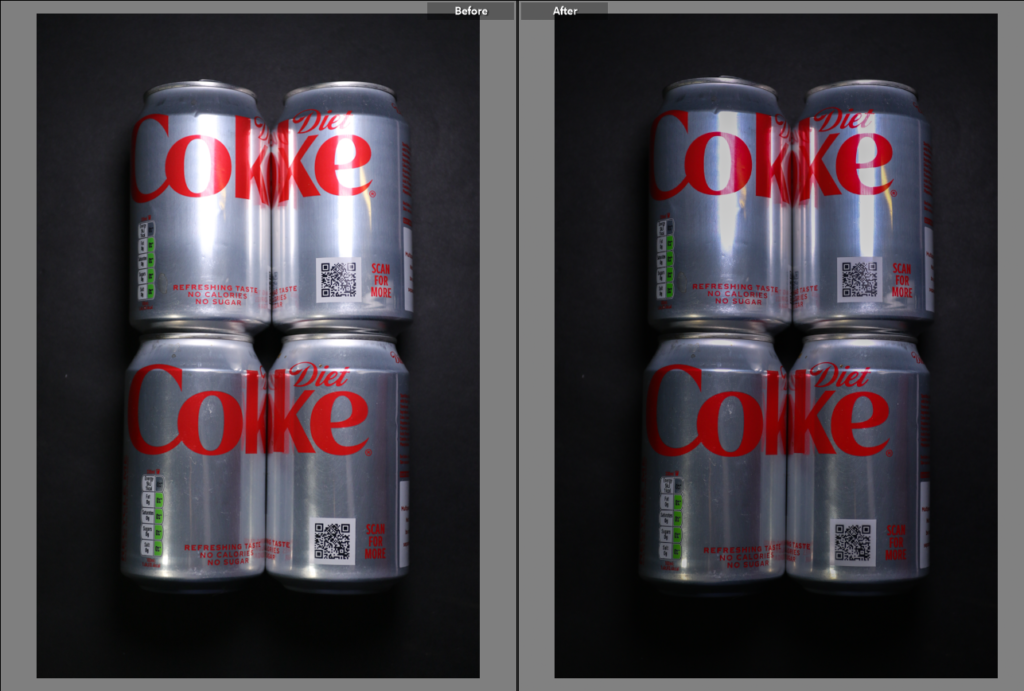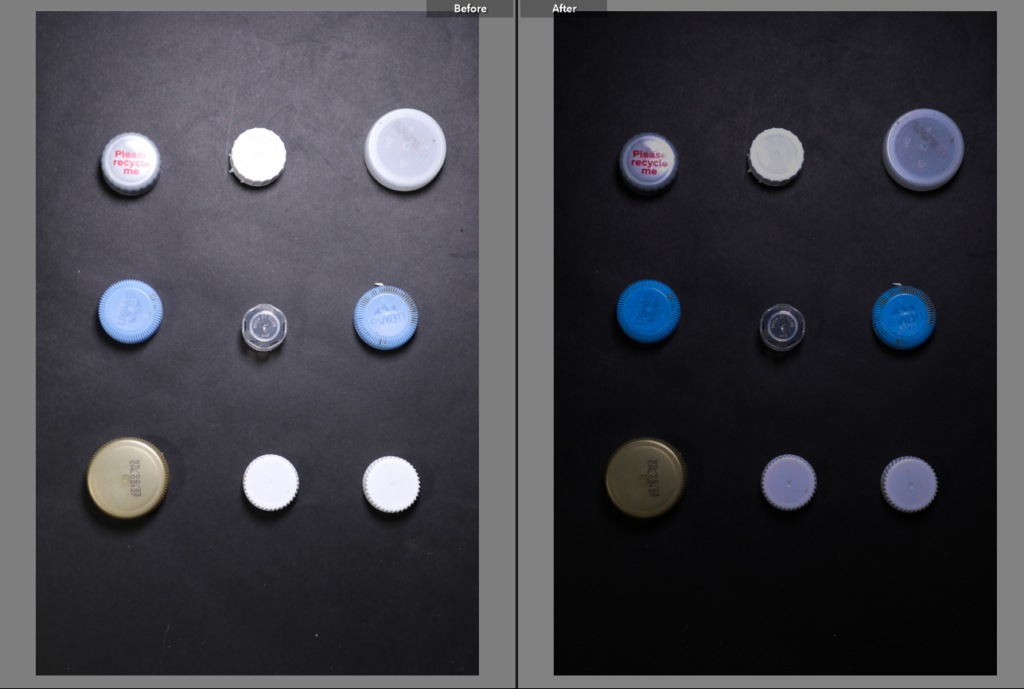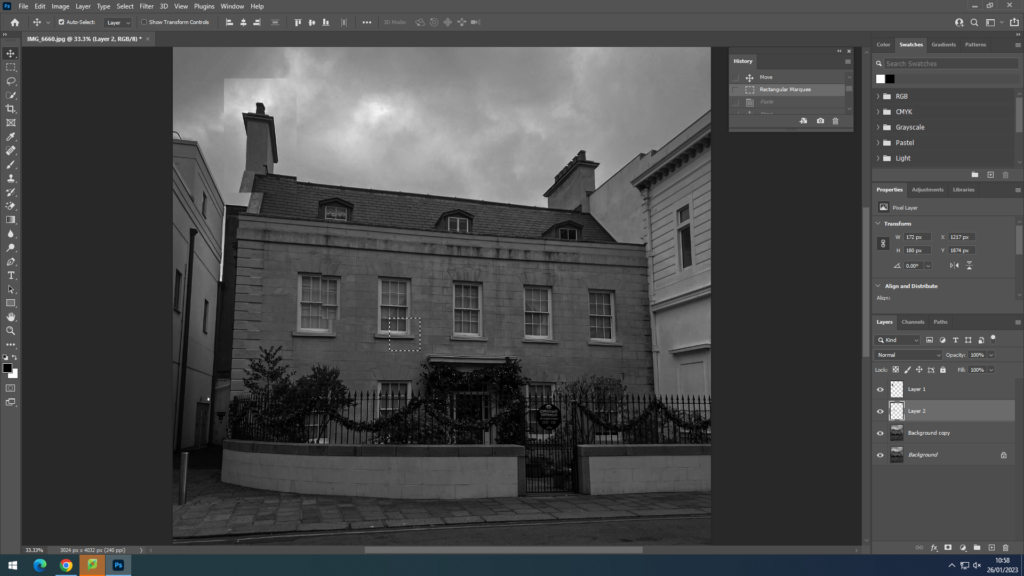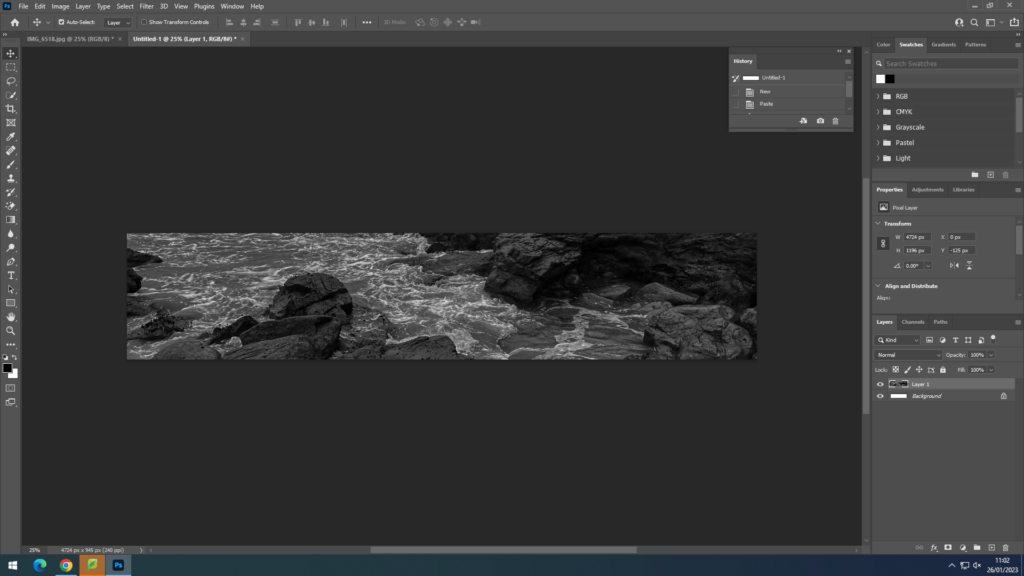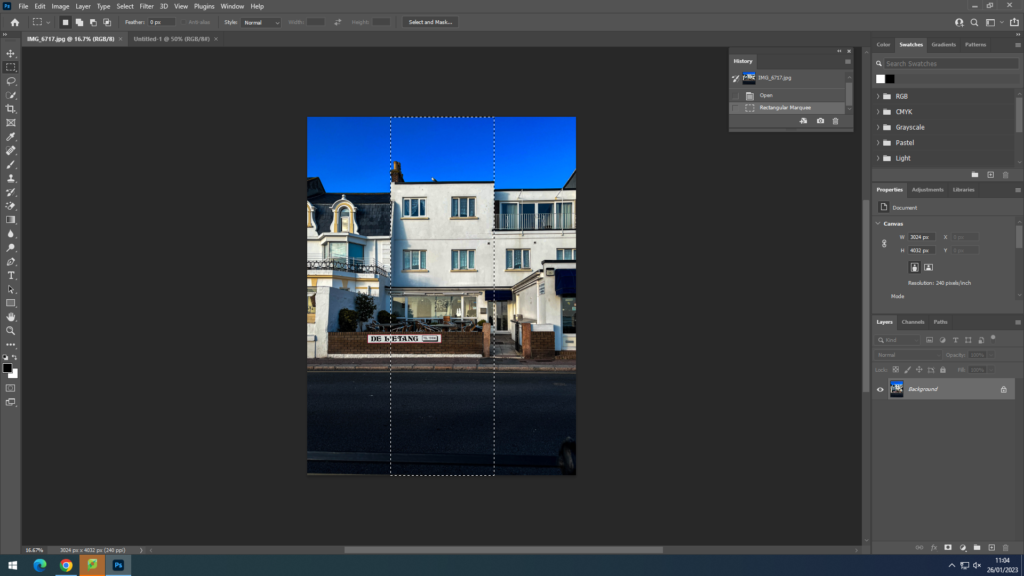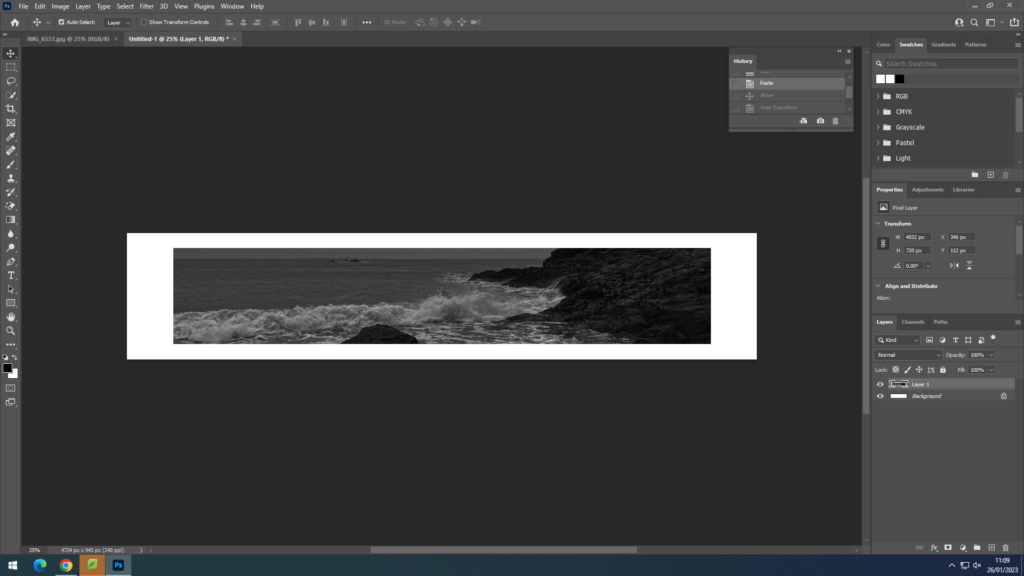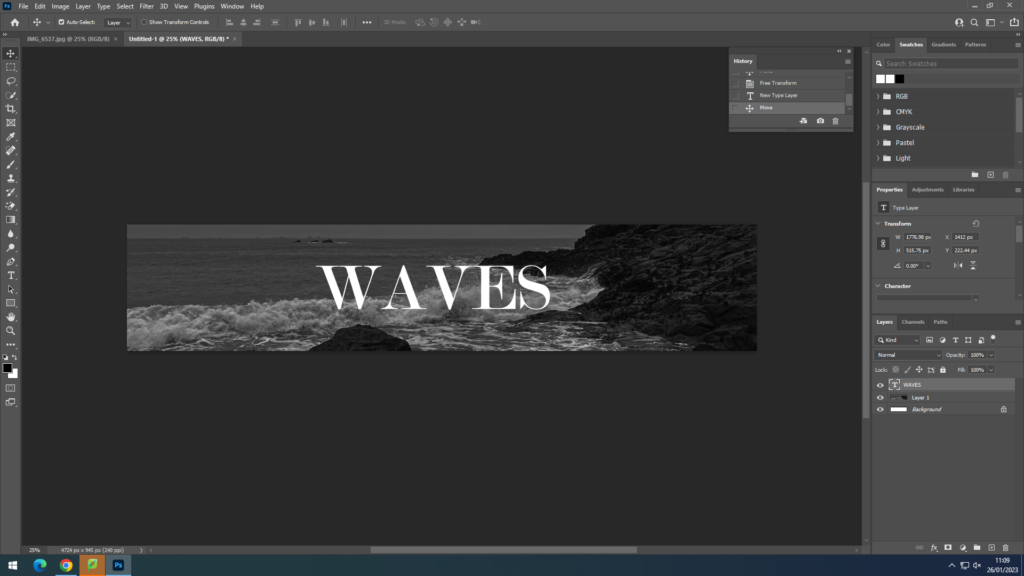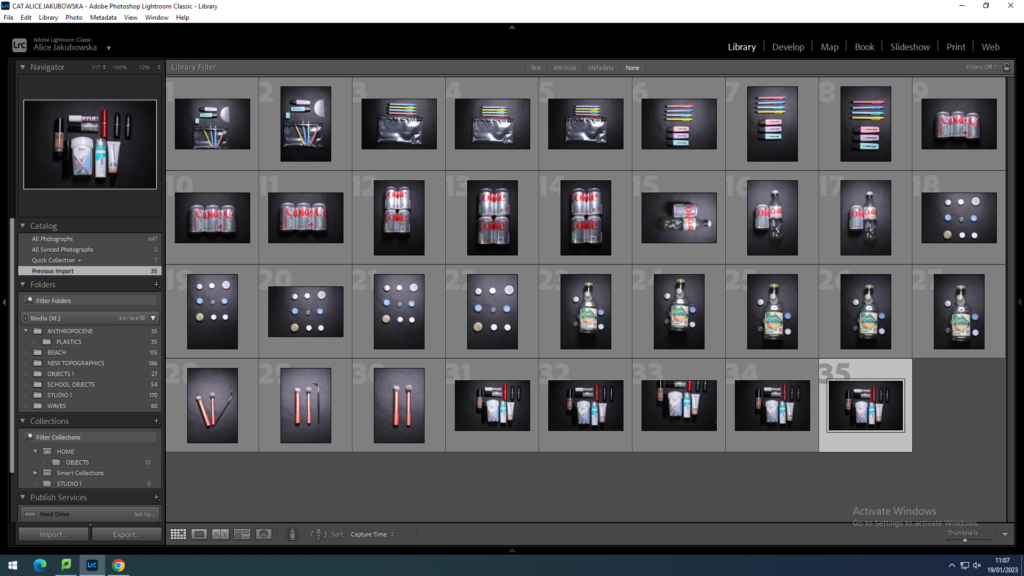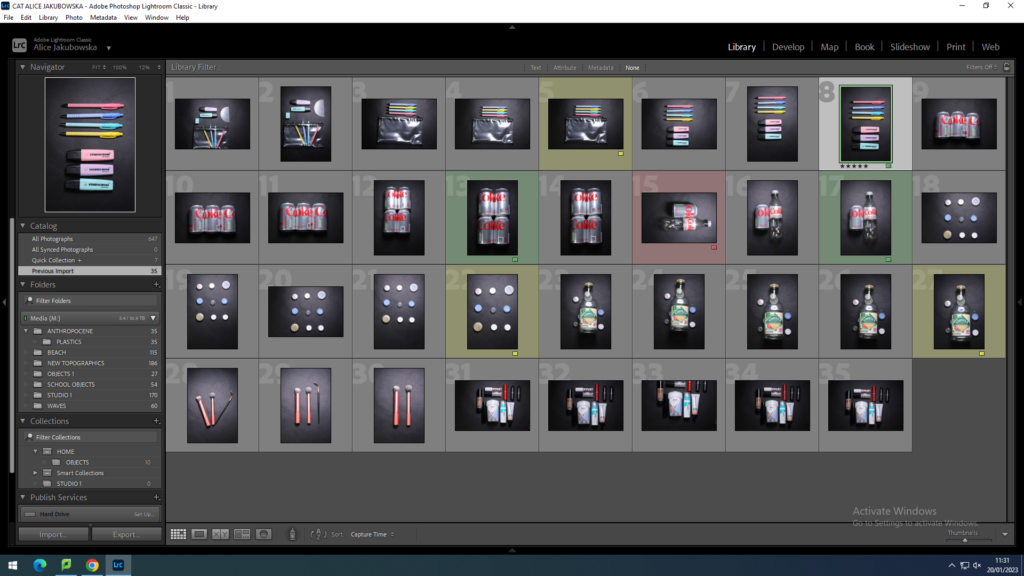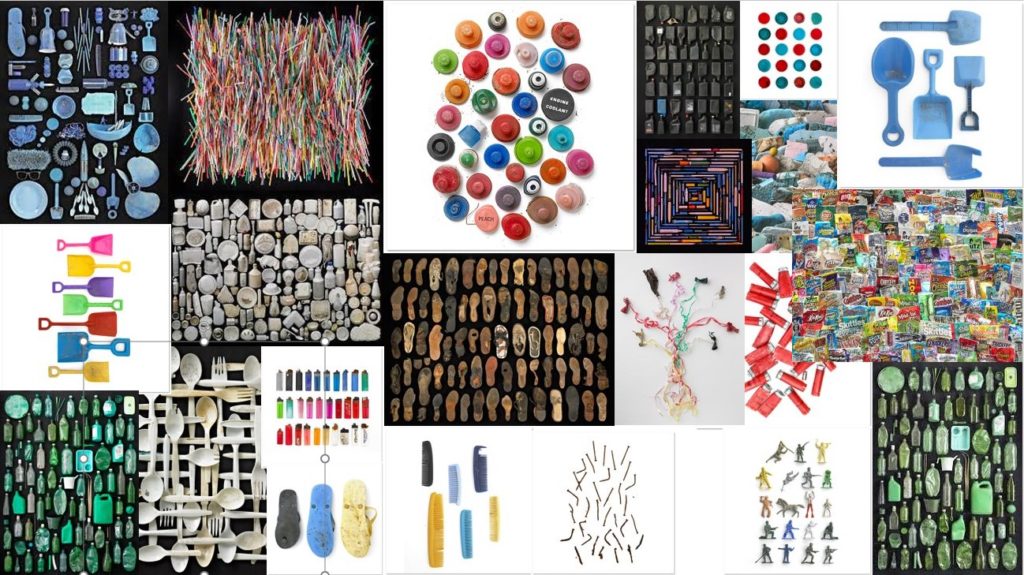IMAGES USED IN FINAL OUTCOME:
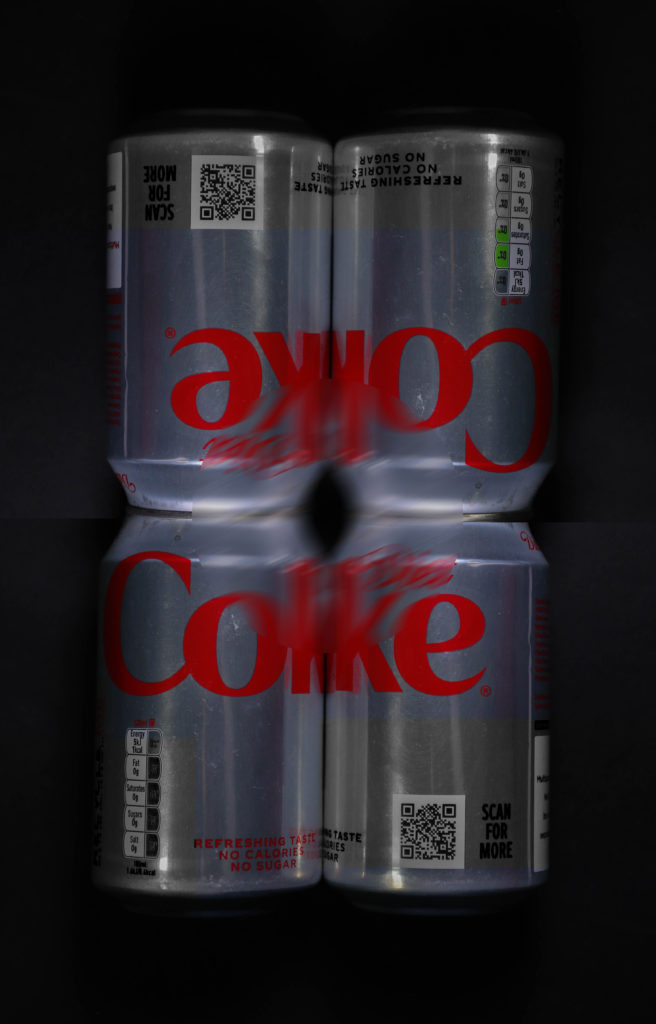
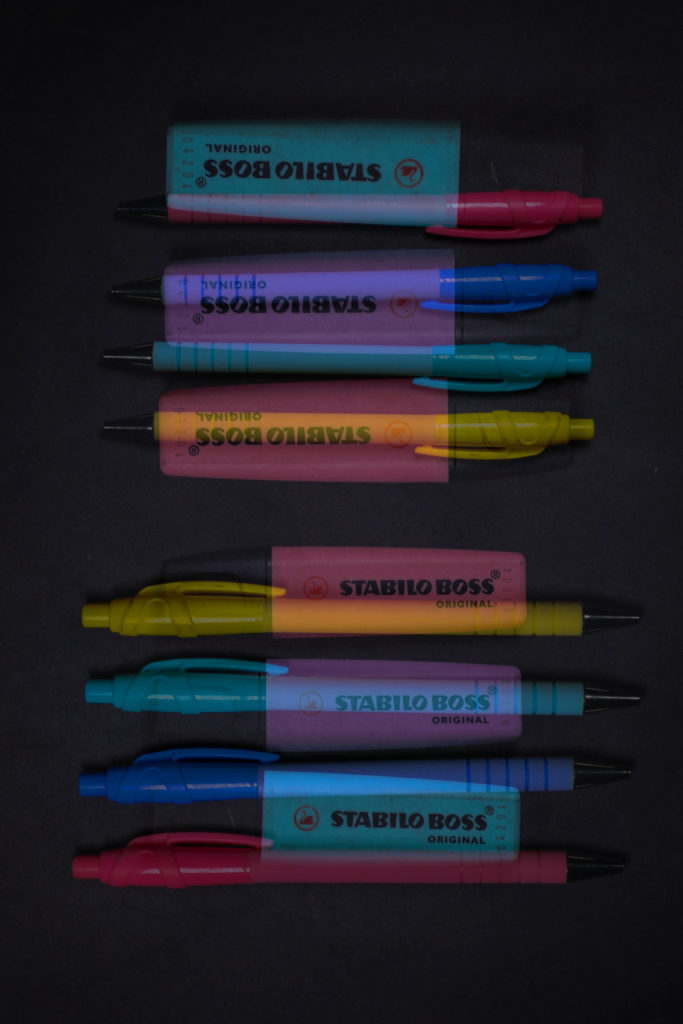
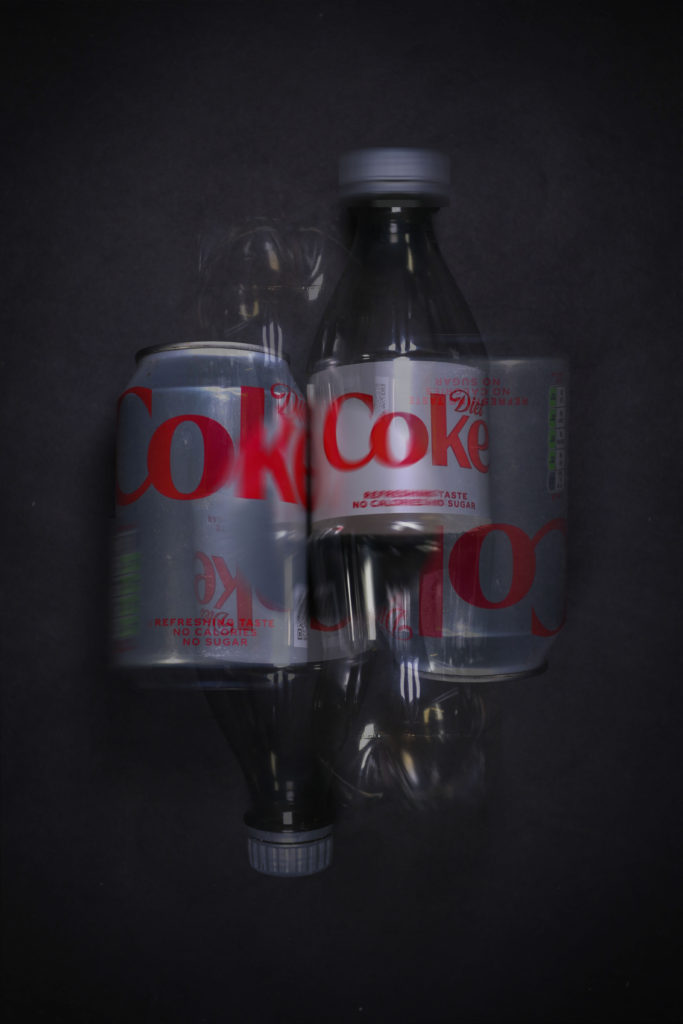
WHAT IS A TRIPTYCH?
A picture or relief carving on three panels, typically hinged together vertically and used as an altarpiece.
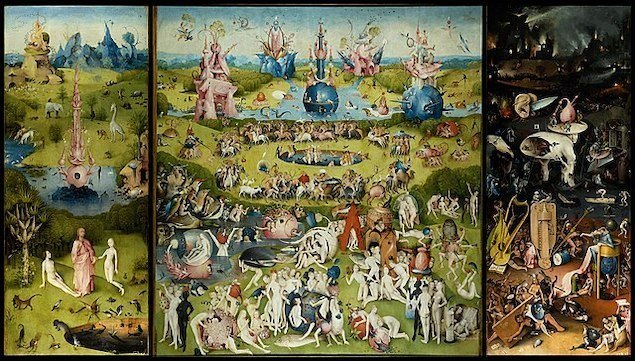
ORIGIN OF TRIPTYCHS:
The first triptychs go back to the Middle Ages when Byzantine churches were decorated with biblical altar paintings. One of the most famous of all triptychs is the altarpiece in the Antwerp Cathedral by Peter Paul Rubens, completed in 1612
Llandaff Church is one such cathedral with a triptych altarpiece. Rubens’ two versions may be seen at the Cathedral of Our Lady in Antwerp, Belgium, and Notre Dame de Paris is another instance of triptych in construction. The construction of many church stained-glass windows echoes the shape.
ARE TRIPTUCHS RELIGIOUS?
The triptych became a popular art form in early Christianity. Beginning in the Middle Ages, altarpieces with elaborate painted or carved panels that were hinged together became popular in churches and cathedrals.
PLAN FOR HANDMADE FINAL OUTCOME:
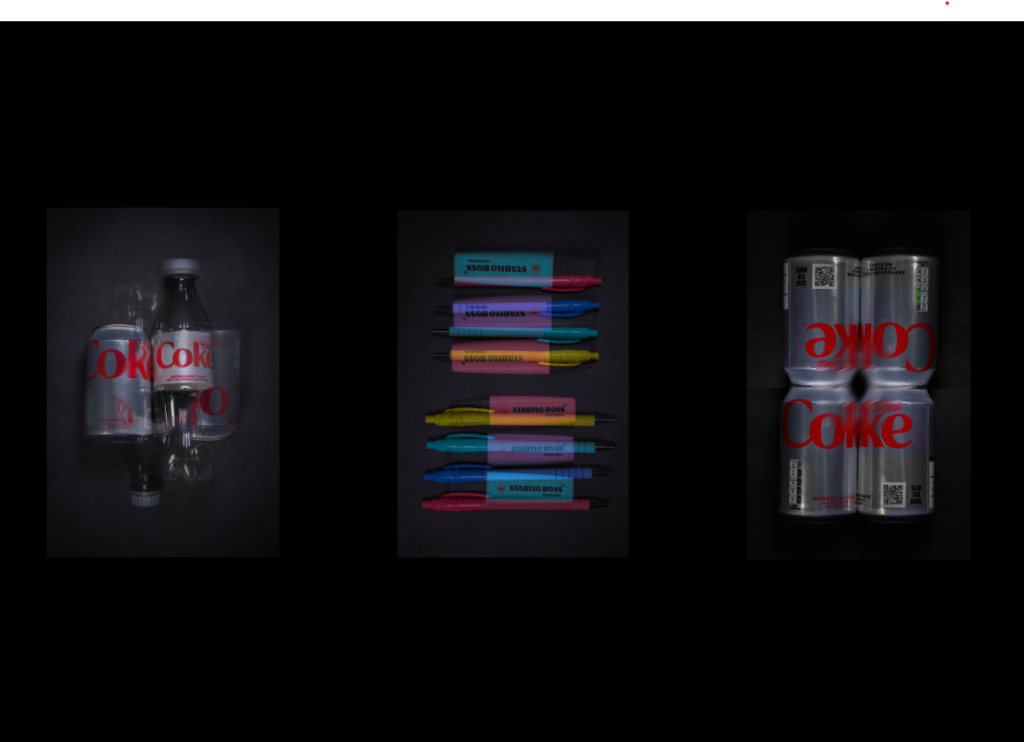
For my final outcome I will print out my images in A4, and mount them onto foam board. Then I will place them or card next to each other. My main idea is to form a triptych with my images. These are the images I made during my further editing this is due so that they are more eye catching rather than just simple basic images. I chose the highlighter-pen picture in the middle as it is the most colourful and my most successful image during my photoshoot, then I decided to pick both diet cokes on the side so that they have a similar concept.


